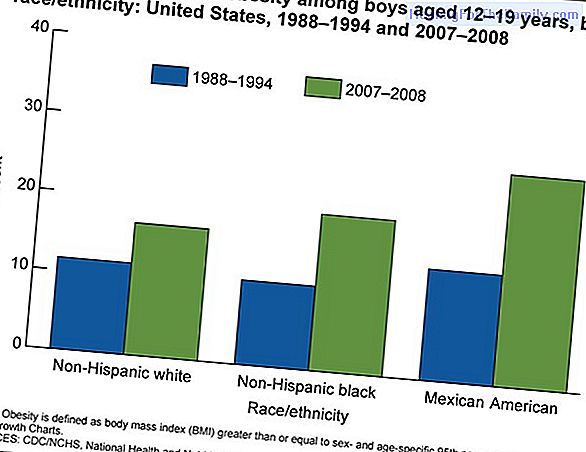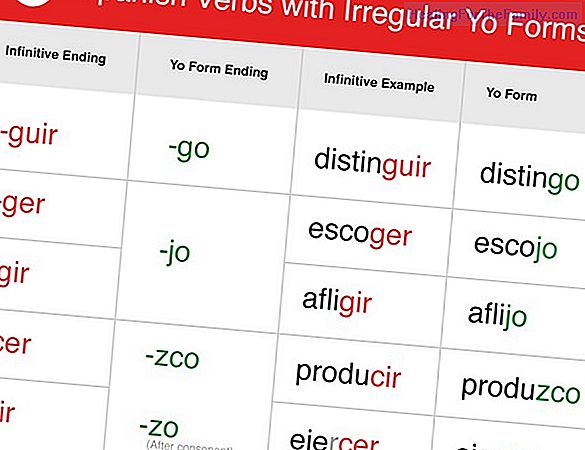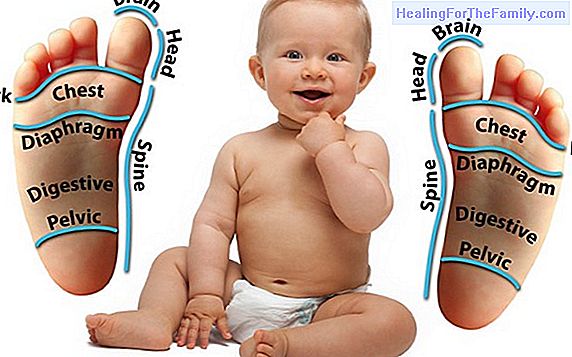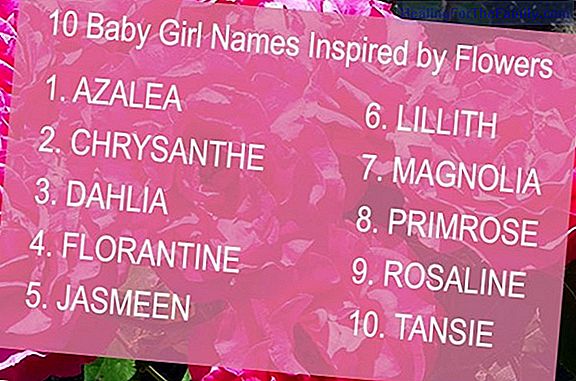Gelatine, a little nutritious food for children
A few years ago they began to introduce and make fashionable, gelatin desserts, widely used in other countries such as the United Kingdom, and began to be used as a healthy alternative to sweets , especially for children, recommended for being rich in protein and micronutrients. But is this true? Ge
A few years ago they began to introduce and make fashionable, gelatin desserts, widely used in other countries such as the United Kingdom, and began to be used as a healthy alternative to sweets , especially for children, recommended for being rich in protein and micronutrients. But is this true?
Gelatin for children: yes or no?
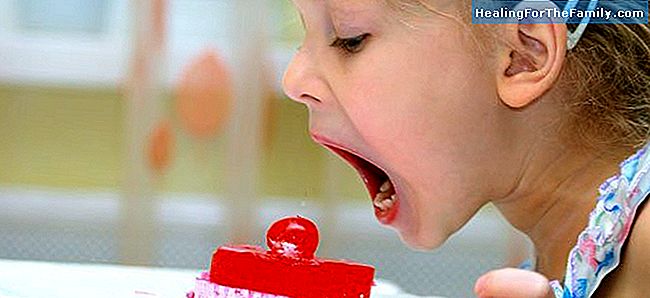
The true part of this statement is that gelatin is basically protein. This protein, depending on its origin, varies in its biological value, that is, how useful it is to the organism. This means that, if it is obtained from bones and other tissues rich in collagen, since it is more similar to the protein of the human body, it could be of greater biological value, while that of plant origin, obtained directly from plants, would have a lower biological value.
However, and here comes the nuance to the previous statement, despite being almost entirely protein, gelatin barely has nutritional value, mainly due to the fact that it lacks the amino acids we call essential. Essential amino acids are those that the body needs, for example, to make tissues or as substrates for muscles, but can not obtain by their own means.
Therefore, although gelatin is an important important source of protein, this protein, whose amino acid composition contains mainly amino acids that the organism is capable of synthesizing in situ, will only serve to provide energy, and not for physiological functions. The energy it provides is identical to that provided by carbohydrates, that is, about 4 kcal per gram of protein, and remember that practically 100% of the weight of gelatin is protein, so it is a caloric quantity Nothing despicable.
In terms of vitamins or minerals, micronutrients in general, these desserts are normally enriched, artificially, with a long list of micronutrients, because otherwise they would not have any, since they are lost in the extraction process of the gelatin from its tissue of origin. Given the absence of fat in its composition, it is very difficult to find in them vitamins A, D, E or K, since they are fat-soluble, and if they have been added artificially, they will hardly be assimilated in the organism, since they need to be vehicularized in fat.
In addition, they usually carry considerable amounts of added sugars, something to avoid not only by the risk of obesity and cavities, but because the amount of simple sugars in the diet should be kept as low as possible, even avoided, preferably in early childhood They also contain artificial colors and flavors, some of them little or not recommended, especially in childhood.
In this way, using gelatin as a healthy dessert for our children, is not the most appropriateif what we are thinking is that we are offering them a food with an extraordinary nutritional value, because the reality is that its nutritional value is low . Its caloric value, in contrast, is much higher.


